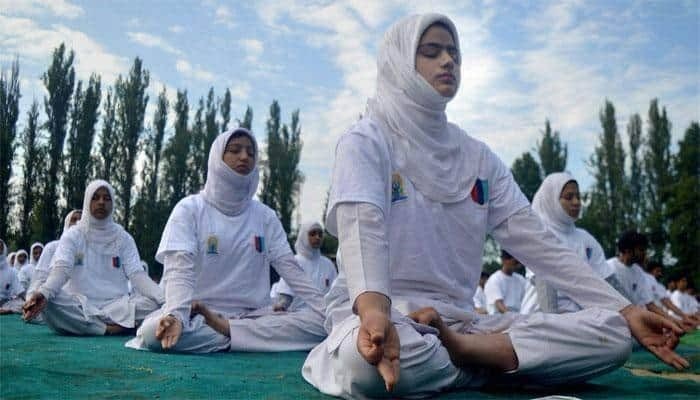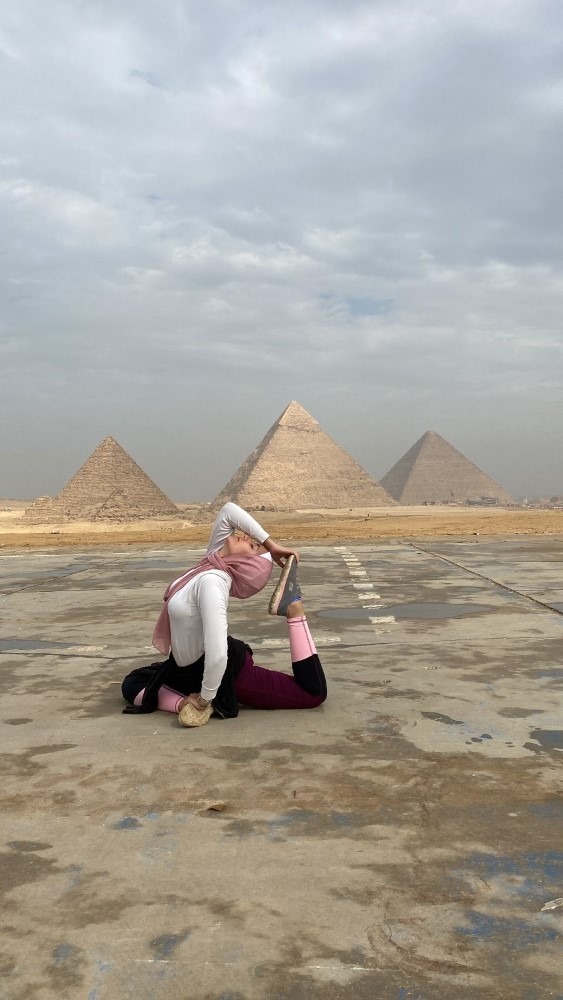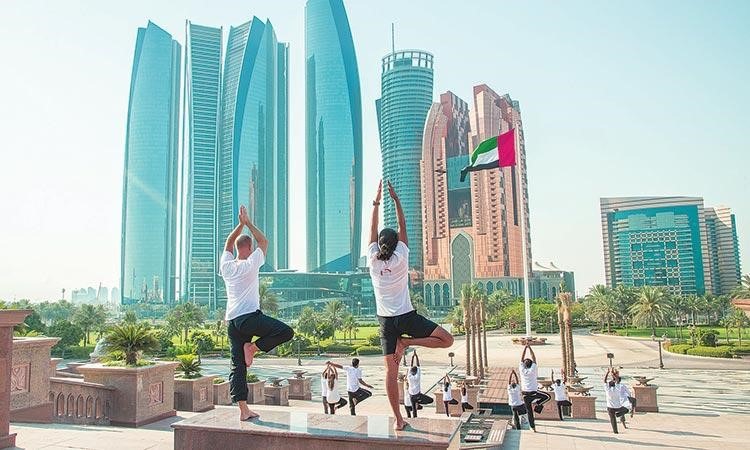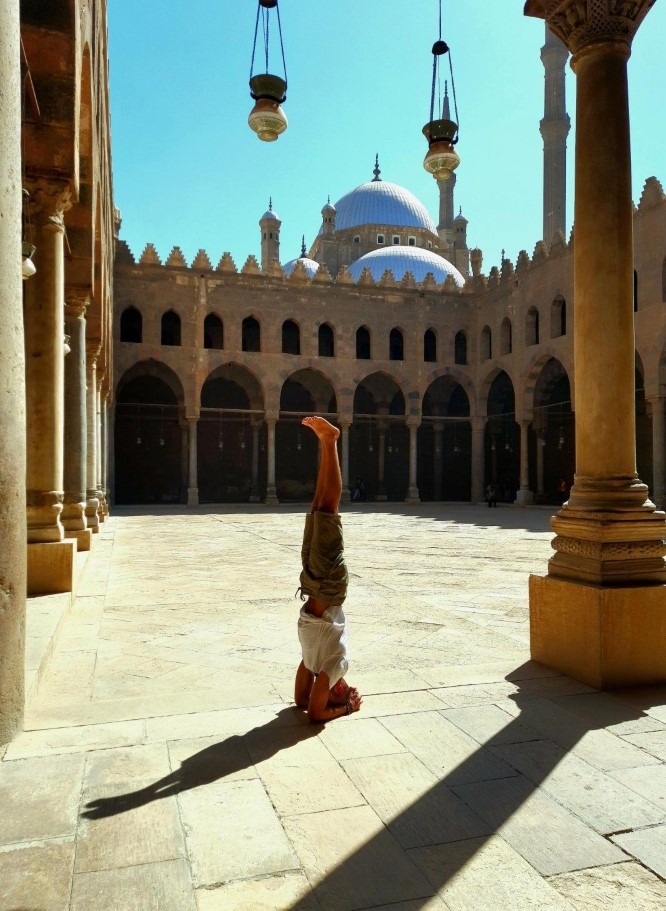
Yoga is a physical, mental and spiritual practice that originated in India over 5,000 years ago. Although it has been keeping Indian yoga practitioners fit since ancient times, and had its proponents overseas since ages, it is only recently that it has marked its presence on the world stage with such trendy aplomb.
The world celebrated International Yoga Day on June 21, which was initiated by Indian Prime Minister Narendra Modi’s proposal to celebrate such a day each year, during his speech at the United Nations in 2014 . The worldwide celebration also resonates India’s foreign policy theme of Vasudhaiva Kutumbakam (the world is one family), and promotes the country’s soft power.
While the practice of yoga and the production of texts and discourses on yoga in overseas environments have been chiefly regarded as recent phenomena that spread from Western countries during the 20th century, and have now become a globalized trend, their roots go back to the pre-modern past.

From the Medieval period onward, an extensive number of texts dealing with yoga and yogins (yoga masters) were written in Arabic, Persian, Urdu, and other languages of the Arab world.
After historian al-Biruni’s (circa 1050) Arabic translation of Patanjali’s Yogasutra, many Persian texts dealing with Yoga were produced in South Asia until the 19th century for different groups of readers. These texts circulated also outside South Asia and some Sufis of the Ottoman world practiced methods drawn from them.
The existence of Muslim sects of yogins in South Asia was a rather widespread phenomenon until the colonial period. While these groups have been progressively marginalized in post-colonial South Asia, during the 20th century the practice of Yoga has increased in other regions of the Arab World and nowadays thousands of people and especially women practice Yoga in Arab countries.

Arabs have been adopting yoga to stay fit after many clerics and scholars gave their thumbs-up to yogic techniques and asseverated that there was nothing un-Islamic about the asanas (postures), pranayama (breathing techniques) and shatkarmas (cleansing processes).
Today, many prominent Arab countries like Saudi Arabia, UAE, Kuwait, Egypt, Iran, Malaysia, Indonesia and even Pakistan boast of their own yoga instructors and a large number of its practitioners. According to one report, almost all forms of yoga are popular in these countries. A myriad of institutes teach different types of yoga, such as prenatal yoga, hatha yoga, power yoga, hot yoga, Iyengar yoga, traditional yoga, vinyasa yoga, restorative aerial yoga and ashtanga yoga in these lands, where it was largely a forbidden practice until a few years ago.

Arab countries have embraced yoga to the extent that when India proposed celebrating International Yoga Day in 2014 at the UN General Assembly, around 47 Islamic countries supported the resolution. Afghanistan, Bangladesh, Turkey, Iran, Indonesia, UAE, Qatar and Oman were among the Islamic nations that also co-sponsored the UN resolution.
The Gulf nations have particularly seen yoga evolving into an industry. In Iran, its followers have increased over the years. In East Asia, where it has not been a stranger due to cultural proximity with India, it has made a sort of come-back to the mainstream. Today, it is increasingly offered in schools, hospitals, prisons and offices, from Melbourne to Malibu.













